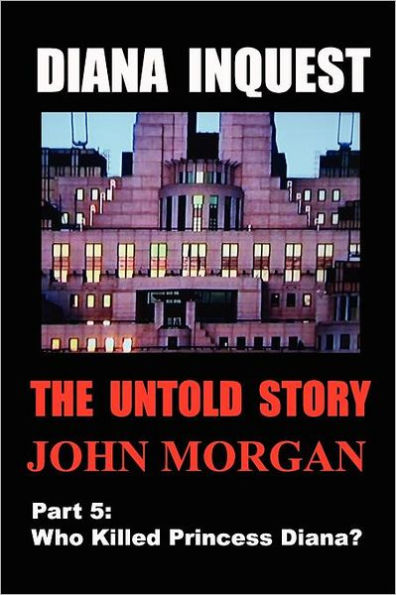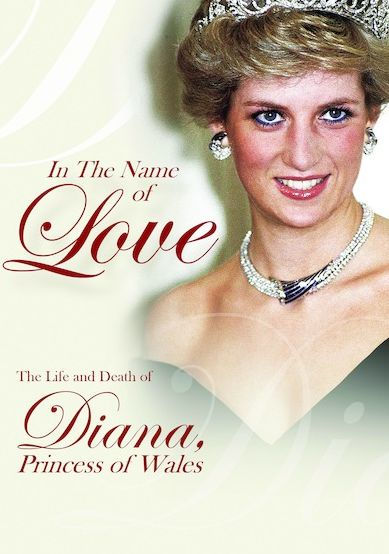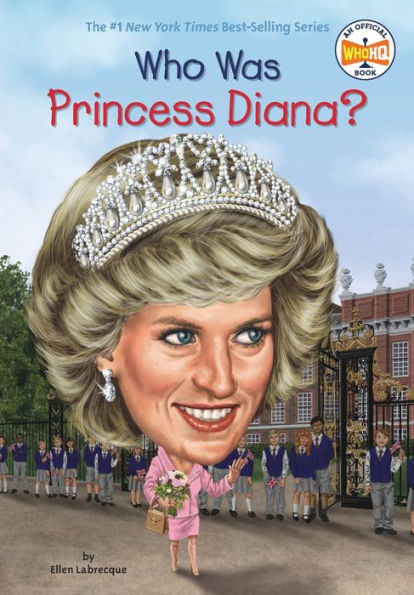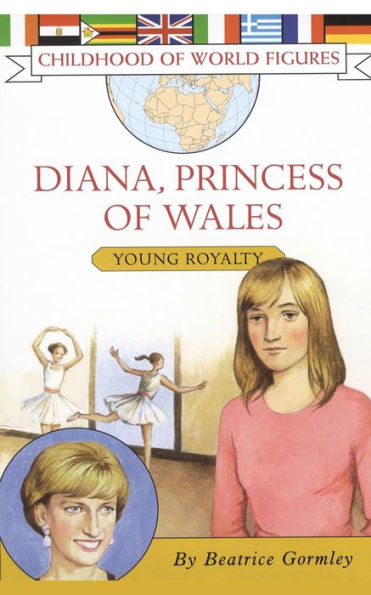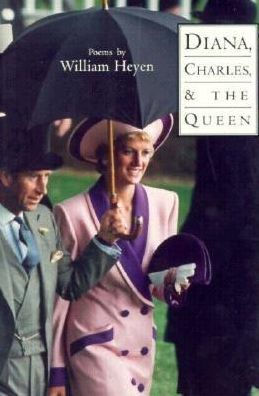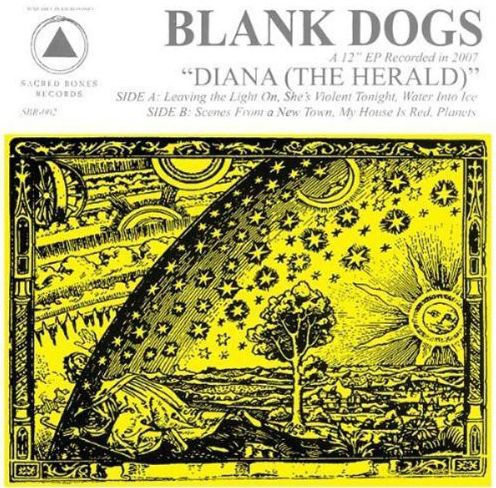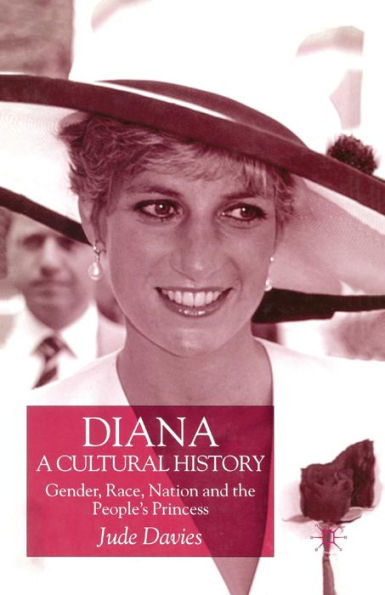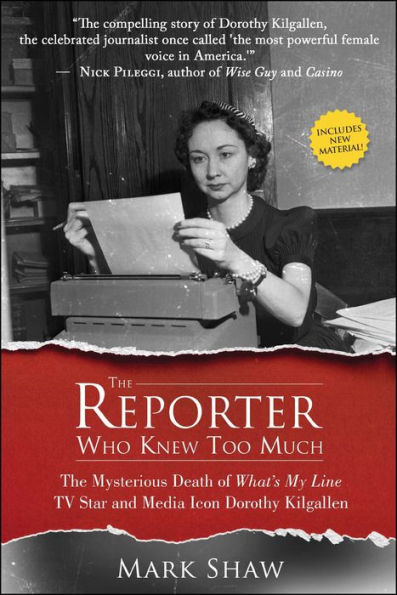Home
the Media of Republic: Who Killed Diana?
Loading Inventory...
Barnes and Noble
the Media of Republic: Who Killed Diana?
Current price: $19.99


Barnes and Noble
the Media of Republic: Who Killed Diana?
Current price: $19.99
Loading Inventory...
Size: Paperback
*Product Information may vary - to confirm product availability, pricing, and additional information please contact Barnes and Noble
The author was among many outraged by the media's role in the Princess of Wales's tragic death in August 1997. Like most, he thought the media had hunted Diana to death. Roused to indignant anger, he went to work and had a book, The Media of the Republic, ready for publication in 1999.
Two connected happenings brought him to revisit the Diana story. First was Lord Dyson's shocking report (14 May 2021) of his investigation into the BBC's handling of the accusation that Martin Bashir of the BBC Panorama program tricked Diana into giving her sensational 1995 interview. Second was Prince William's address to the world on Dyson's findings. William accused the BBC of significantly contributing to his parents' divorce and his mother's end. Bashir's interview, the BBC's inability to see and accept the deceit, and Princes William and Harry's responses are crucial parts of the Diana story. With these recent developments, the author proposes to round off the story of Diana's death, its purpose, and its causes.
This new edition is a thoroughly revised, rewritten in parts, and added-to version of the Diana story with a sharpened refocus. In the first edition, the author was keen to explain the ideological presuppositions behind the media's reporting and to challenge their claims about who was to blame for the accident. Attacking the system of Monarchy by inciting mob hatred was their chief aim. Greed took second place. He wanted to refute the dodgy arguments they ran to shift blame from themselves to the public's (allegedly) vicious, insatiable appetite for sensation and gossip. The public, they claimed, was driven by a prurient indictable interest in the private lives of people like Princess Diana. The subject of republicanism-its ideology, motivations and purposes-and the viability of Monarchy in our modern world came in for extensive discussion.
His intention in this new edition-The Media of the Republic: Who Killed Diana?-is to examine and refute the same arguments, but he has shortened and refined the somewhat long ideological explanation in chapter 2 to make clear the distinction between a general idea of republicanism and what he calls theoretic-republicanism. Theoretic-republicanism is a form of republicanism based on the rationalism and materialism of the Enlightenment. Edmund Burke, who vigorously rejected forms of government based on abstract theory, had a different idea of how people form into a nation. The author explains how Burke's idea of a republic differs from that implicit in the media's reporting of the death of Diana with their undisguised attack on the British Monarchy.
The debate over whether Australia should discard its Constitutional Monarchy and replace it with a republican form of government is as robust today as twenty-five years ago. The 1999 referendum on whether Australia should become a republic was defeated, but the supporters of the republic have not accepted defeat. They continue their campaign behind the scenes, waiting for the right moment to reignite their public struggle. The author claims their idea of a republic is essentially based on the theoretic-republicanism he explains in chapter 2. It seems from occasional reporting that the republican movement in Great Britain is growing stronger. His explanation of theoretic-republicanism and analysis of the media reporting of the death of Diana are of as much interest to the defenders of Britain's Constitutional Monarchy as it is to Australians.
